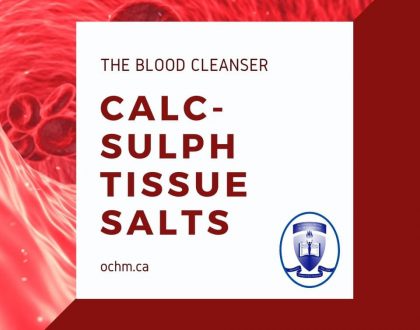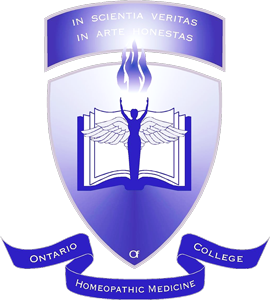Homeopathy in US – brief history

Homeopathy was a Leading Medical Treatment in the USA Until 1901.
In 1900, homeopathy was the leading alternative therapy in the U.S., with 22 homeopathic medical schools, including Boston University, University of Michigan, Ohio State, University of Minnesota, University of Iowa and New York Medical College, which at the time was called New York Homeopathic Medical College.
All of this changed when, in 1901, the Rockefeller Institute for Medical Research was established, and in 1910 when the Carnegie Foundation (in secret collaboration with the A.M.A.) published the “Flexner Report,” with the aim of replacing homeopathy and other natural medicines, such as herbs, with chemical drugs.
Dana Ullman delves into some of this backstory in this interview:
“In 1860, homeopathy was beginning to gain a lot of traction. Homeopathy was already appreciated by the smartest people in America, most of the literary greats — the transcendentalists, from Mark Twain to William James, Emily Dickinson, Louisa May Alcott and Harriet Beecher Stowe — they were all big advocates for homeopathy.
The American Medical Association was so threatened that they wrote into their ethics code that if any conventional doctor simply consulted with a homeopath on a patient, they would lose their membership in the AMA. In the 1860s, that meant you lost your medical license until, finally, the homeopaths organized and created a separate medical board. So, at least if you got your license revoked from the AMA, you could go to the homeopaths.”
To read the full piece, please see:https://bit.ly/2IBUmAk
Recommended Posts

Exploring the Lesser-Known Aspects of Aethusa Cynapium: Its Relationship with the GI Tract and Animal Lovers
March 27, 2024

Calc-sulph Tissue Salts is considered “the Blood Cleanser”
April 20, 2021

Ferrum Metallicum is a great Homeopathic Remedy for Anemia
April 20, 2021
